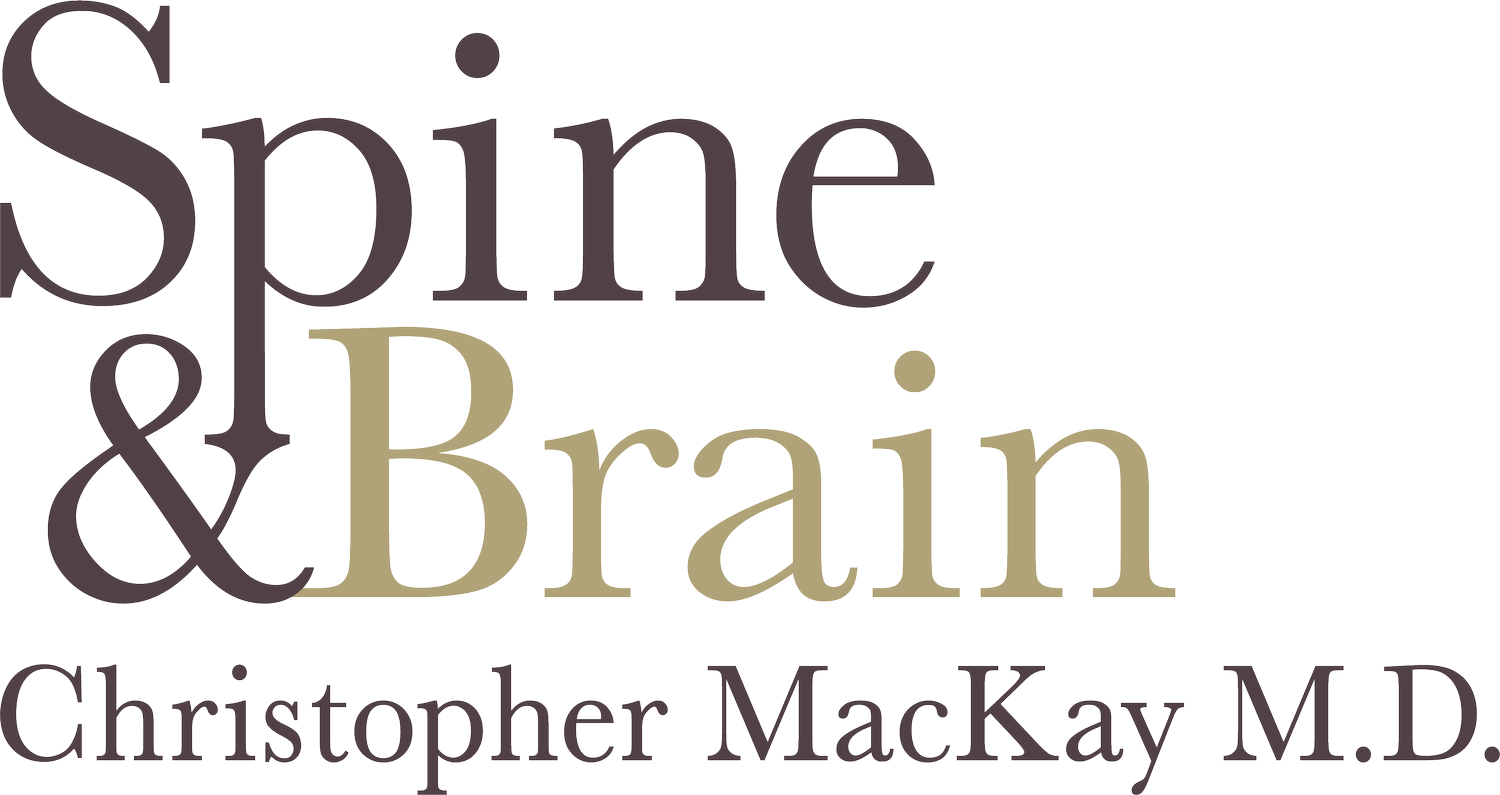Minimally Invasive Image-Guided Spine Surgery
Struggling with Chronic Back Pain?
Get Expert Care from a Leading Spine Surgeon
If you suffer from chronic back pain, a herniated disc, or other spinal conditions, our minimally invasive image-guided spine surgery offers a revolutionary, cutting-edge approach. Using real-time imaging, our top neurosurgeons and spine surgeons provide precise, minimally invasive treatment that reduces pain, minimizes tissue damage, and accelerates recovery.
Why Choose Minimally Invasive Spine Surgery?
Smaller Incisions – Faster healing and minimal scarring.
High Precision & Safety – Advanced imaging ensures spine surgery accuracy and reduces risk.
Less Pain & Faster Recovery – Minimal tissue disruption allows a quicker return to daily activities.
Lower Complication Risks – Reduced blood loss and lower infection rates.
Shorter Hospital Stay – Many procedures allow for same-day discharge.
What Spinal Conditions Can Be Treated?
At MacKay Spine & Brain, our expert spine specialist and neurosurgeon specializes in treating various spinal conditions that cause pain, limited movement, and reduced quality of life. Our minimally invasive spine surgery effectively addresses this.
Herniated or Bulging Discs – When the soft center of a disc pushes through its tough exterior, causing nerve compression and pain.
Spinal Stenosis – A spinal canal narrowing that puts pressure on the nerves, leading to pain, numbness, or weakness.
Sciatica & Nerve Compression – Compression of the sciatic nerve, often causing sharp pain that radiates down the legs.
Spinal Fractures & Deformities – Structural damage from injury, osteoporosis, or congenital conditions requiring expert surgical intervention.
Spondylolisthesis – When one vertebra slips forward over another, leading to nerve pain and spinal instability.
Chronic Lower Back & Neck Pain – Persistent pain linked to degenerative spine conditions or mechanical issues.
Other Degenerative Spine Conditions – Including arthritis, disc degeneration, and age-related spinal issues that affect mobility.
Schedule Your Consultation
Frequently Asked Questions
-
This advanced neurosurgical technique utilizes real-time imaging (fluoroscopy, CT, or MRI) to guide precise, small-incision spine procedures. Compared to traditional spine surgery, this minimally invasive approach reduces pain, lowers the risk of complications, and promotes faster healing.
-
Smaller Incisions, Minimal Scarring – Tiny cuts mean faster healing and better cosmetic results.
Less Blood Loss, Lower Infection Risk – Reduced bleeding & minimal exposure lower complications.
Faster Recovery, Shorter Hospital Stays – Many patients go home the same day and return to activities sooner.
Less Pain, More Comfort – Minimal tissue disruption means less swelling, less pain, and fewer meds.
High Precision, Better Outcomes – Real-time imaging ensures pinpoint accuracy and lasting results.
-
Most patients can resume light activities within a few days. Full recovery typically takes a few weeks to a few months, depending on the procedure and individual healing process.
-
Provide a complete medical history, including previous spine treatments.
Bring recent MRI, CT scans, or X-rays for evaluation.
Follow pre-operative guidelines, such as dietary restrictions and medication adjustments.
-
Yes, physical therapy is often recommended to:
Strengthen the spine
Improve mobility
Ensure long-term surgical success.

